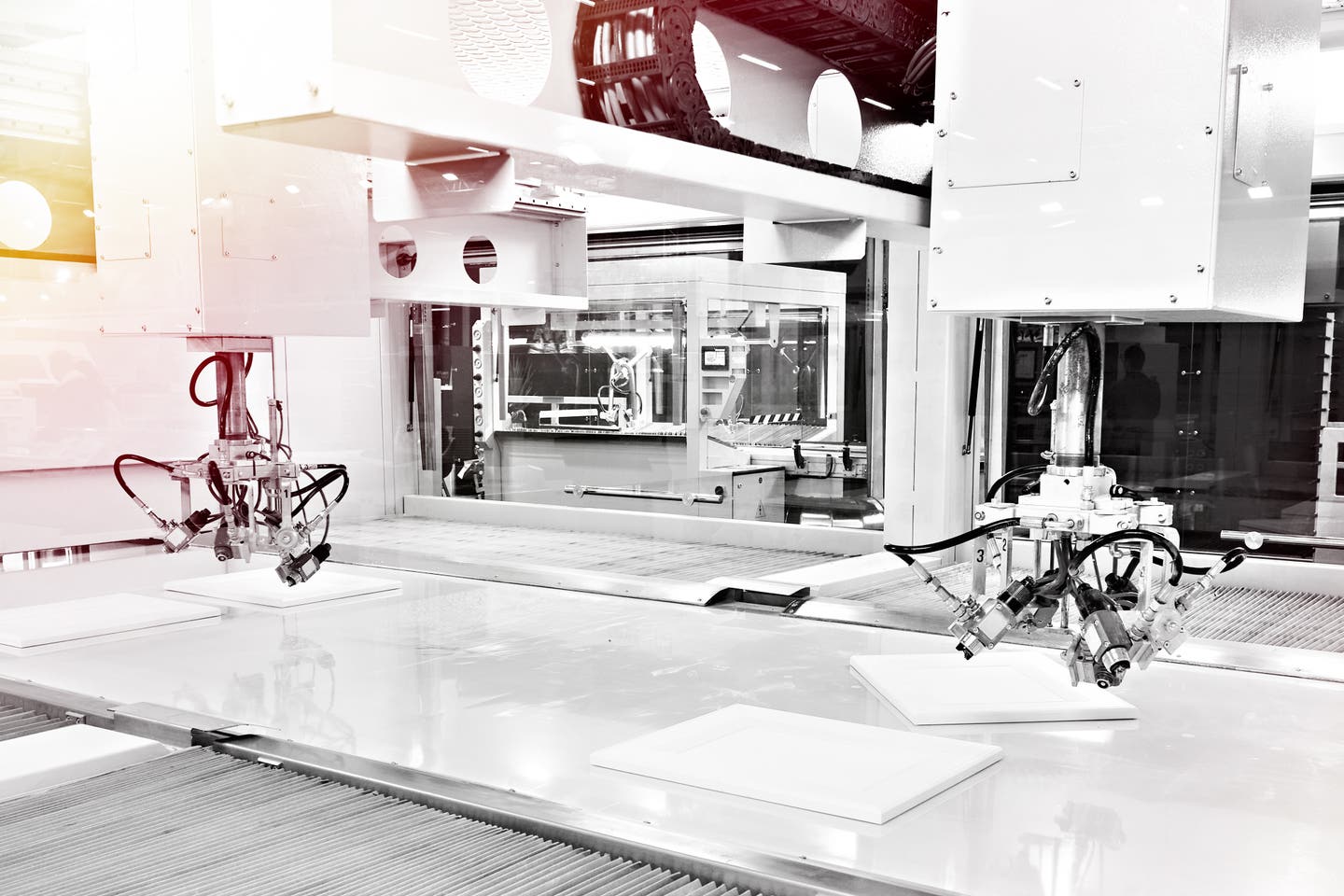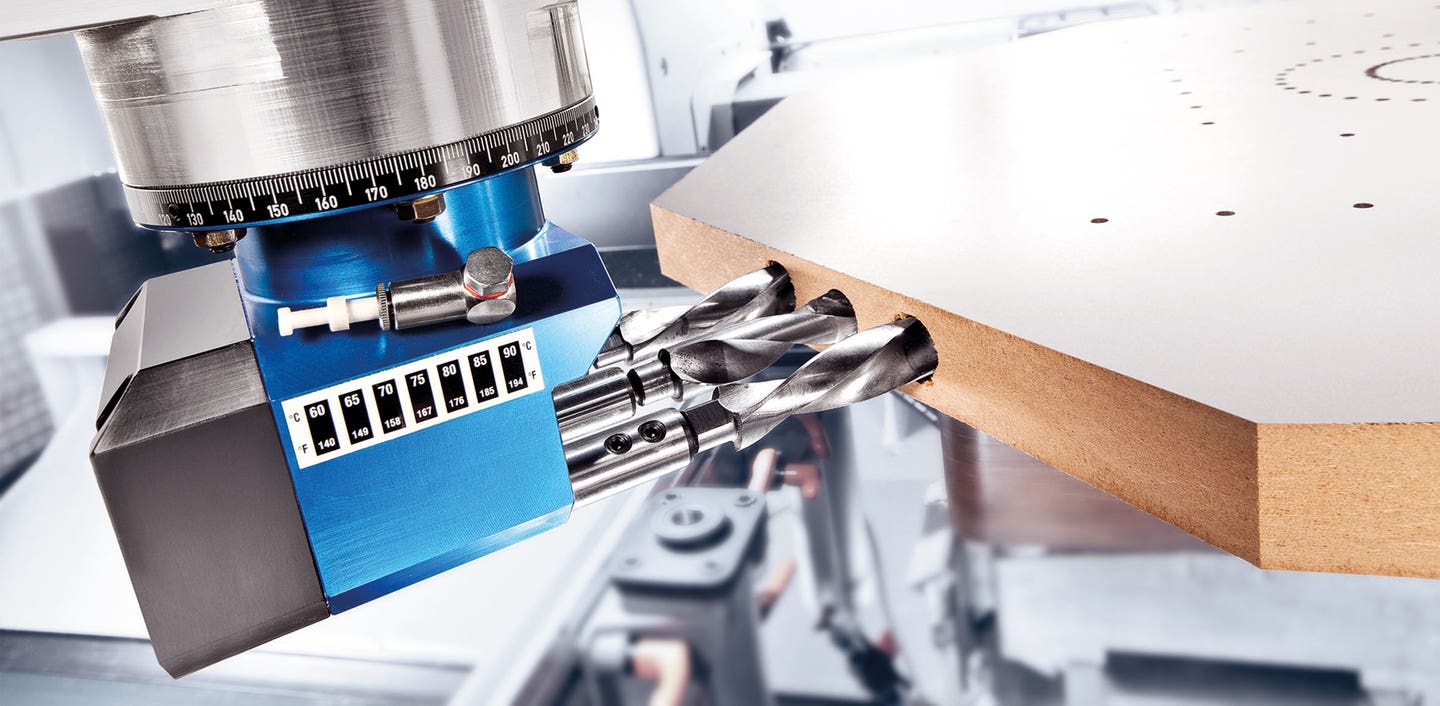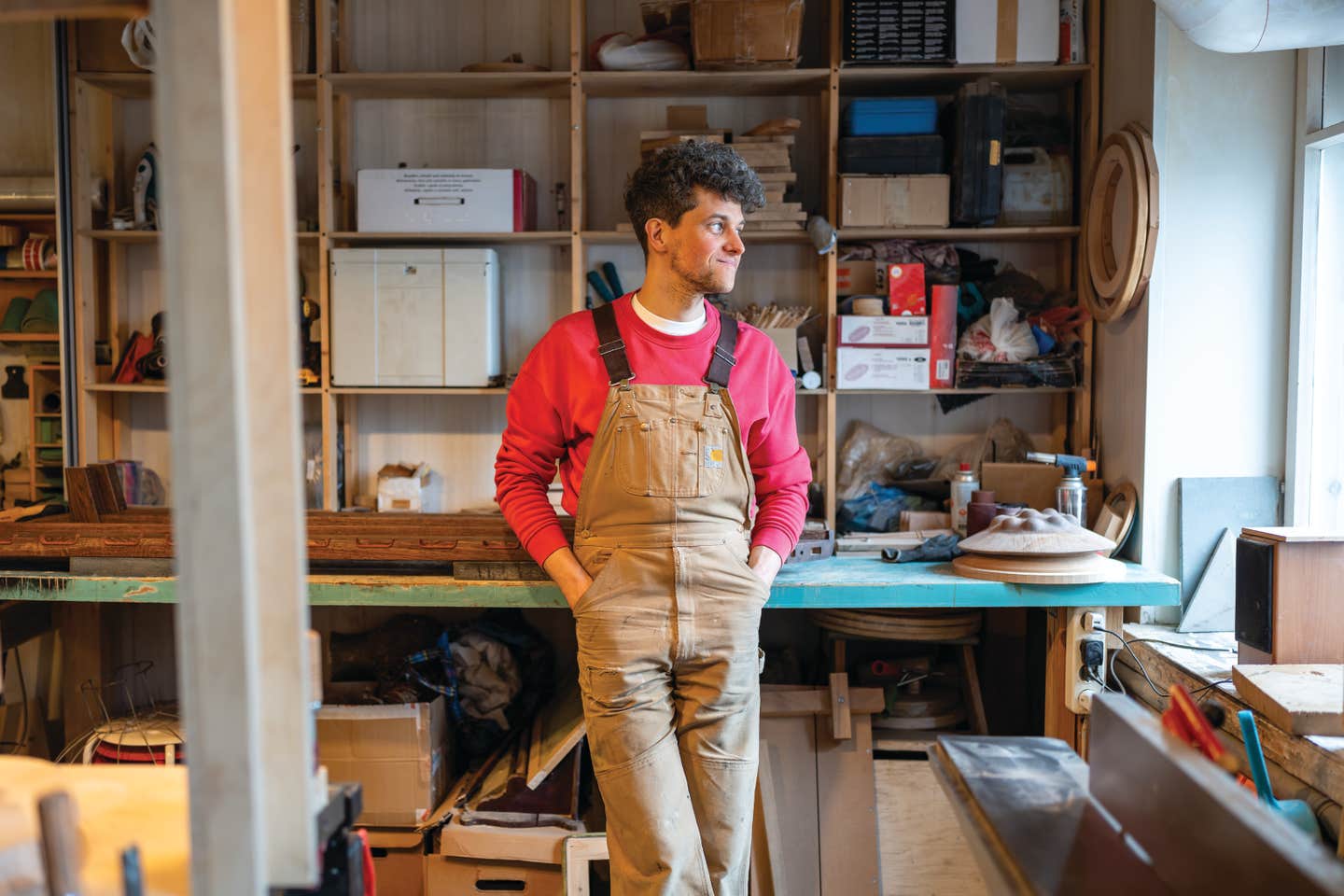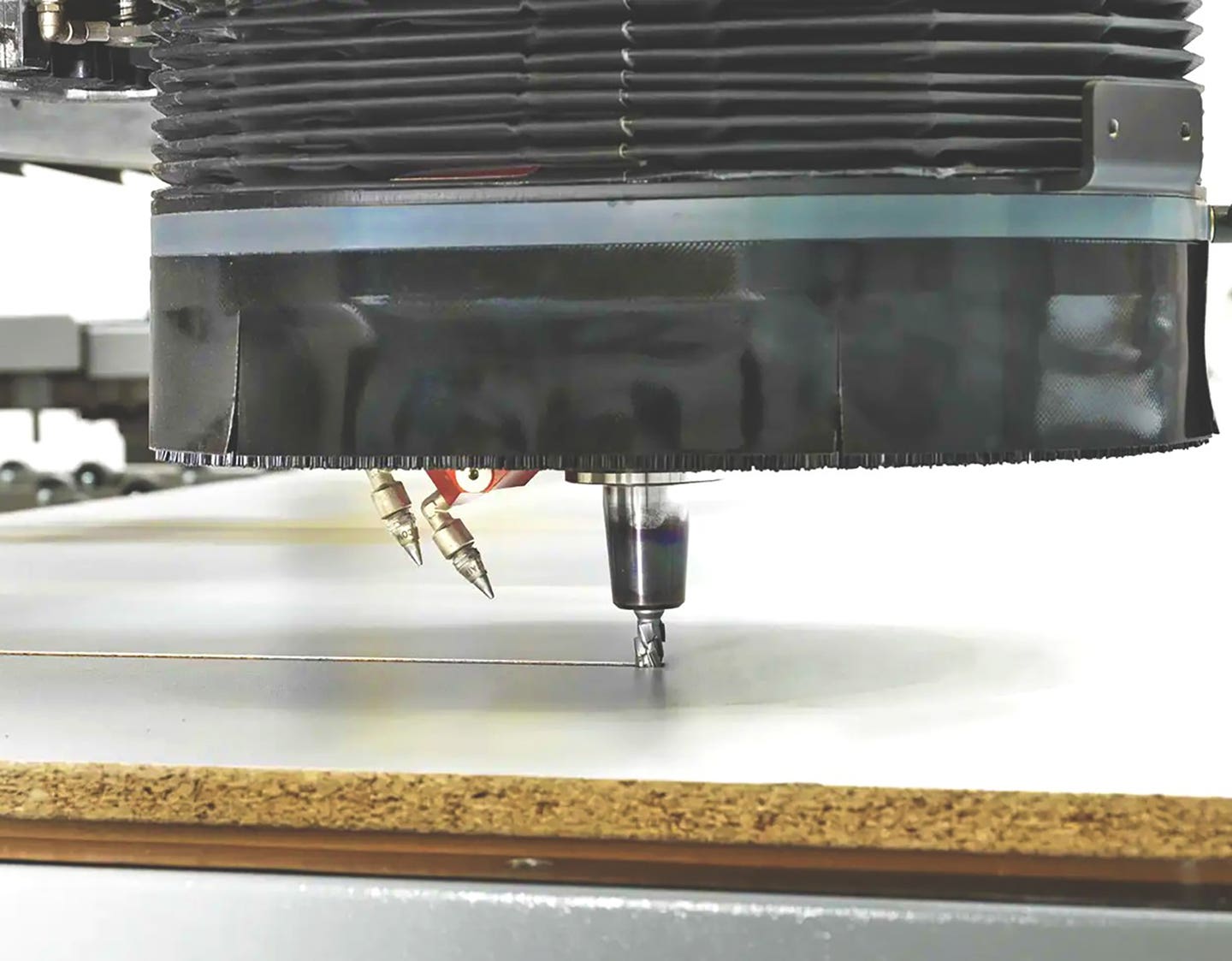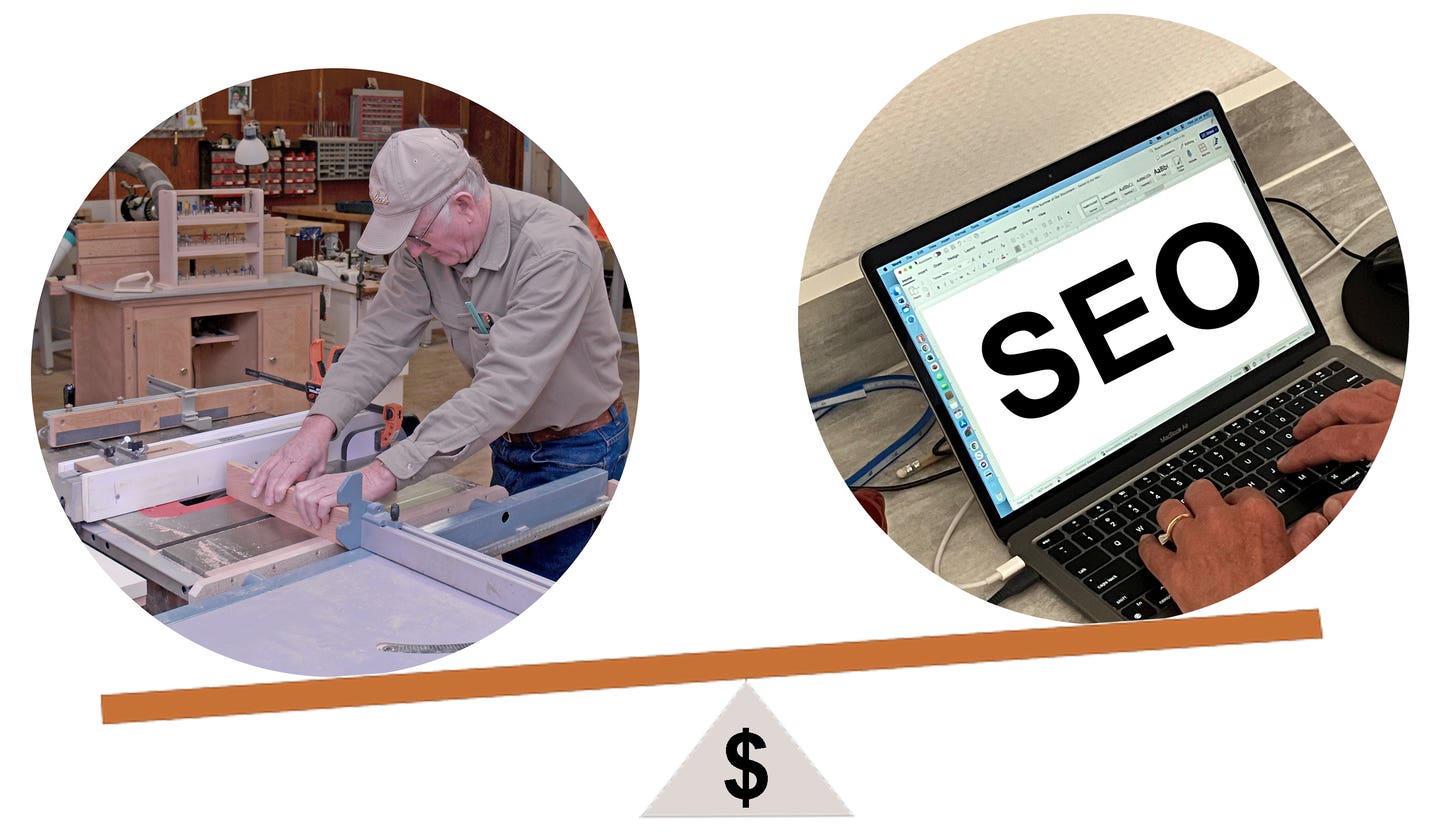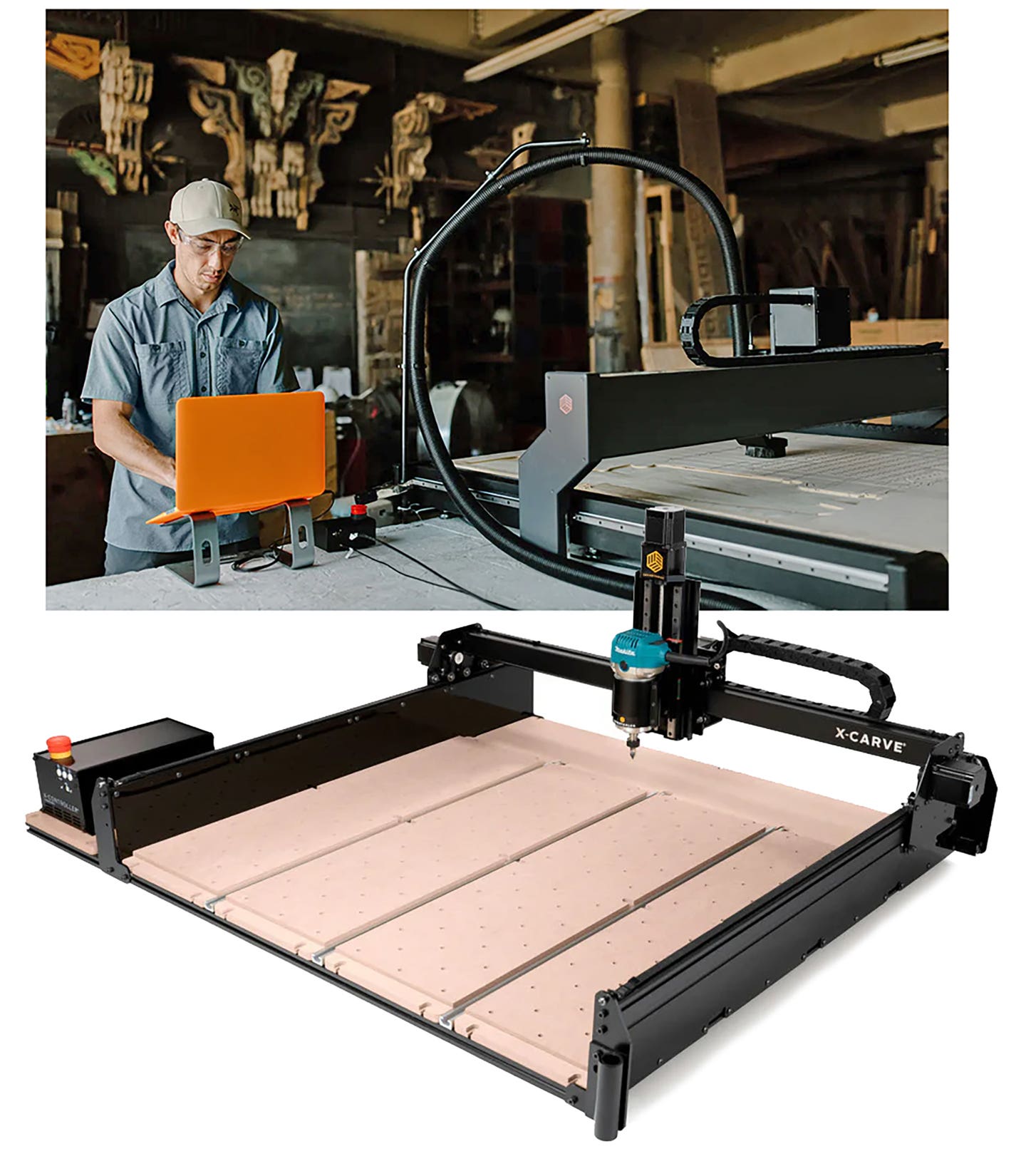Survive & Advance
Premier Woodworking has prospered and stumbled, but steady commercial work and a new partner gives hope for the future
Premier Woodworking, LLC is back to its pre-pandemic operating pace, churning out orders for clients near and far. Founded in 1998, the turnkey custom shop specializes in residential cabinetry, store fixtures and more in Brick Township, N.J.
Owner Ken Quinn, who has seven employees working out of an 11,000-sq.-ft. facility, has contended with several hurdles over the years but has always kept ahead of the area’s fierce competition with one simple mantra.
“I’d say it’s because we do what we say we’re going to do. We show up on time and we deliver what we’re supposed to deliver. I will never tell somebody I’ll have it done, knowing I’m not going to make that deadline. Over the years, I’ve turned away more work than I wish to think about, but when I go to bed at night, I put my head on the pillow and fall asleep. I don’t have months of headaches. I don’t want someone calling me on the phone and be avoiding them,” says Quinn.
With plenty of work back in the pipeline, Quinn’s looking forward to the year ahead with his team, which includes father-and-son John and James Bruno, James Budish, Mark Manning, Pete O’Donnel, Chris Simoes, and Bruce Evano.
Pink slips and a partner
Born and raised in Linden, N.J., Quinn took an interest in cabinetmaking while working for a family friend’s carpentry business as a teen. He pursued vocational training throughout his high school years.
“My senior year I did a work program where I went to work for a carpenter in a big apartment complex, and when I graduated in ’84 I got a job framing homes for two years. Then a friend working as cabinetmaker in a union shop told me about an apprenticeship there, and I got hired as apprentice in 1986. I was 19.”
Quinn served a four-year apprenticeship to become a journeyman but was laid off in 1993. He joined another union shop and suffered the same fate after four years.
“Back at that (first) shop, I thought I was going to retire there. Other guys had been there thirty, forty years and retired. I thought, ‘this was going to be my home’,” says Quinn. “In 1997, the second company had a fallout with the union and went on strike. There was no work for me after that, and I was done with the union. That was the turning point.”
Quinn immediately set up shop in his one-car garage. A year later, he and a partner, Anthony (Tony) Fatigante, started Premier Woodworking in an 1,100-sq.-ft. space in its current building.
“We grew and got more employees and kept running out of room,” says Quinn. “We bought half of the building in 2005 and there was a fire in 2007, which forced us to move out and rebuild. We built a whole new building, but we needed to rent a space and buy new equipment while the fire was investigated.
“A year later, right when we moved back, the economy crashed. Here we are in this brand-new space and we had to lay off all our employees, except one guy who had been here the longest.”
They pushed through the next couple of years and eventually began to hire again and added on to the shop.
“We had some decent clients that kept us busy during the recession and I found a new avenue. I made a connection in 2007 with someone from the second union shop I worked at and one of the owners started giving me work after their shop closed. He had another connection that we hooked up with and since then began doing a lot of work through her with design studios for national homebuilders.”
In 2012, Fatigante retired and was bought out by Quinn.
A national clientele
All jobs are by word of mouth now, but it didn’t start off that easily.
“In the beginning I was stopping at jobsites and knocking on doors at places like architects’ offices,” says Quinn. “I even went in the phone book and wrote letters. I got maybe two or three clients out of 400 letters, but I still have one today, a union contractor.”
Premier’s bread and butter is in the commercial sector. Residential only comprises about a quarter of the shop’s work.
“In the past it was more residential and less commercial, but I always stayed in both because I always wanted to make sure if one slowed down, the other would get us through,” says Quinn. “We’ve done the highest of the high end, but I don’t know if there’s as much money to be made in residential right now.”
“Would I rather do one or the other? Yeah, I’d rather do commercial because when you do a residential job, and you bring a cabinet in and nick the door, you’re done. You got to bring it back and fix it. I’m not saying we do this, but with commercial if it looks good and functions, they’re happy and that’s much less stressful.”
Commercial projects have included offices, design studios, schools, libraries, medical facilities, banks, restaurants, bars and government projects. The design studios are a special niche for Premier. Located throughout the country, they provide custom displays that house samples of various flooring, drawer fronts and other décor to be selected by customers of newly built homes.
Only about 50 percent of the shop’s work is local. Quinn and his team travel far and wide for the commercial installs.
“If it can make money, we’ll do it. If it doesn’t make money, I don’t want to do it,” he says.
Future plans
Quinn, 56, has put some serious thought into how he wants to proceed in the years ahead. Reflecting on how he never wanted to sit at a desk, that’s where he is most often. He handles most of the drawings and estimates, takes the field measurements, and manages projects. He also goes out on about 90 percent of the installs.
He'd like to have sales return to the levels achieved between the Great Recession and pandemic, the company’s heyday. He adds that he owes much of his success to his wife, Margaret, for her support and help with payroll.
“And if it wasn’t for my former partner Tony, and my guys, I wouldn’t have made it. You can’t do it on your own. I tried, but let’s face it, you can’t.”
For more, visit premierwoodworkingusa.com.
This article has been edited since it was originally published in the March 2023 issue.


